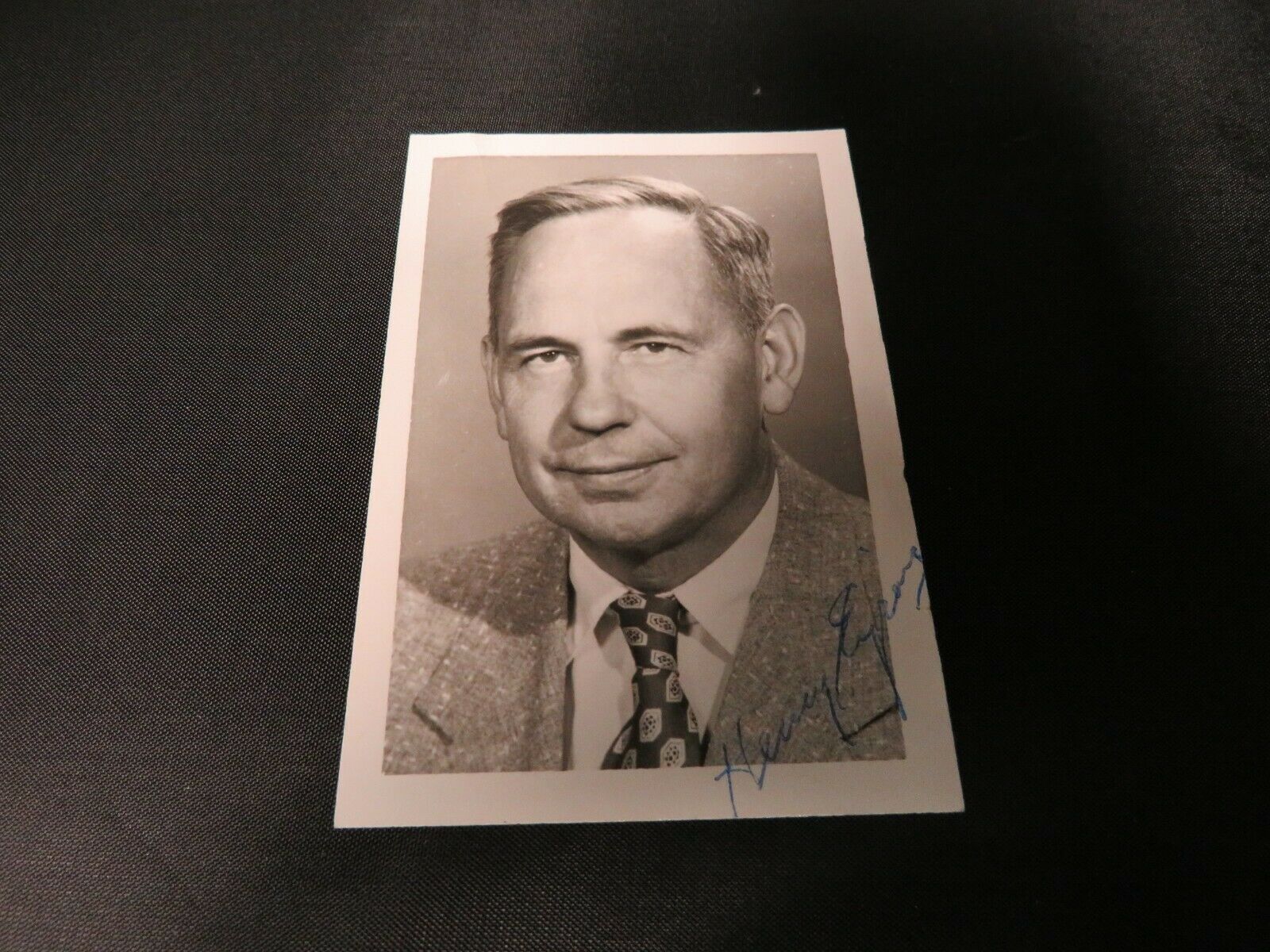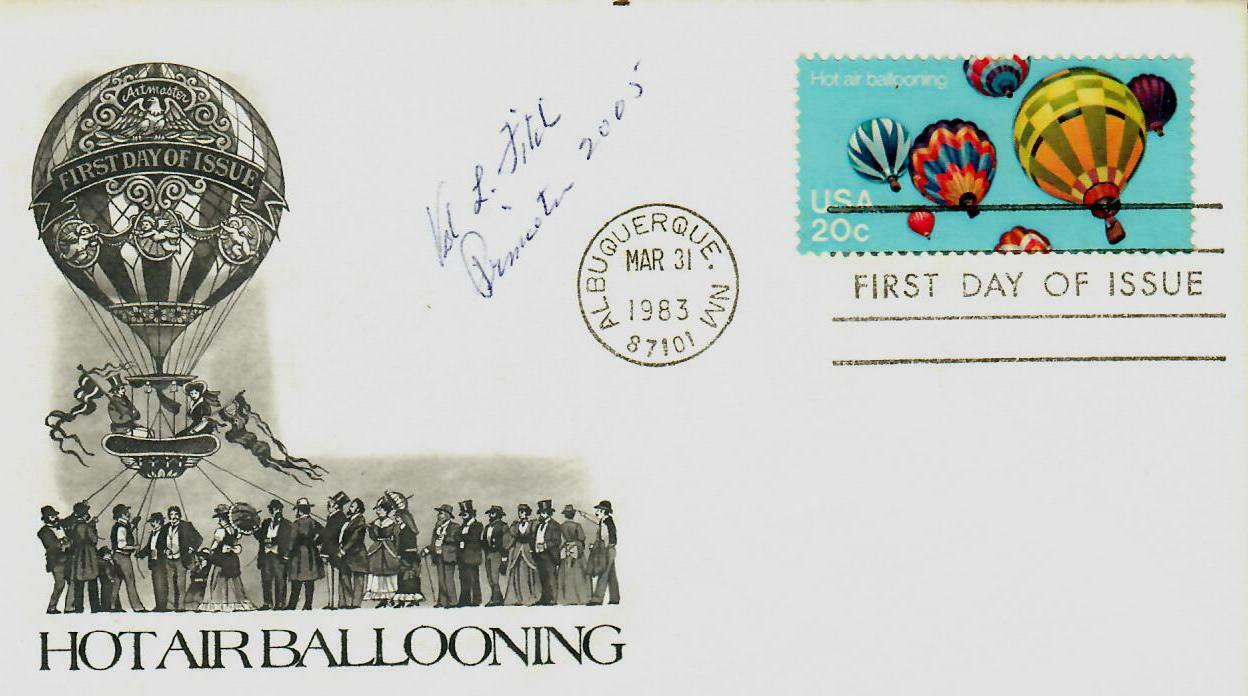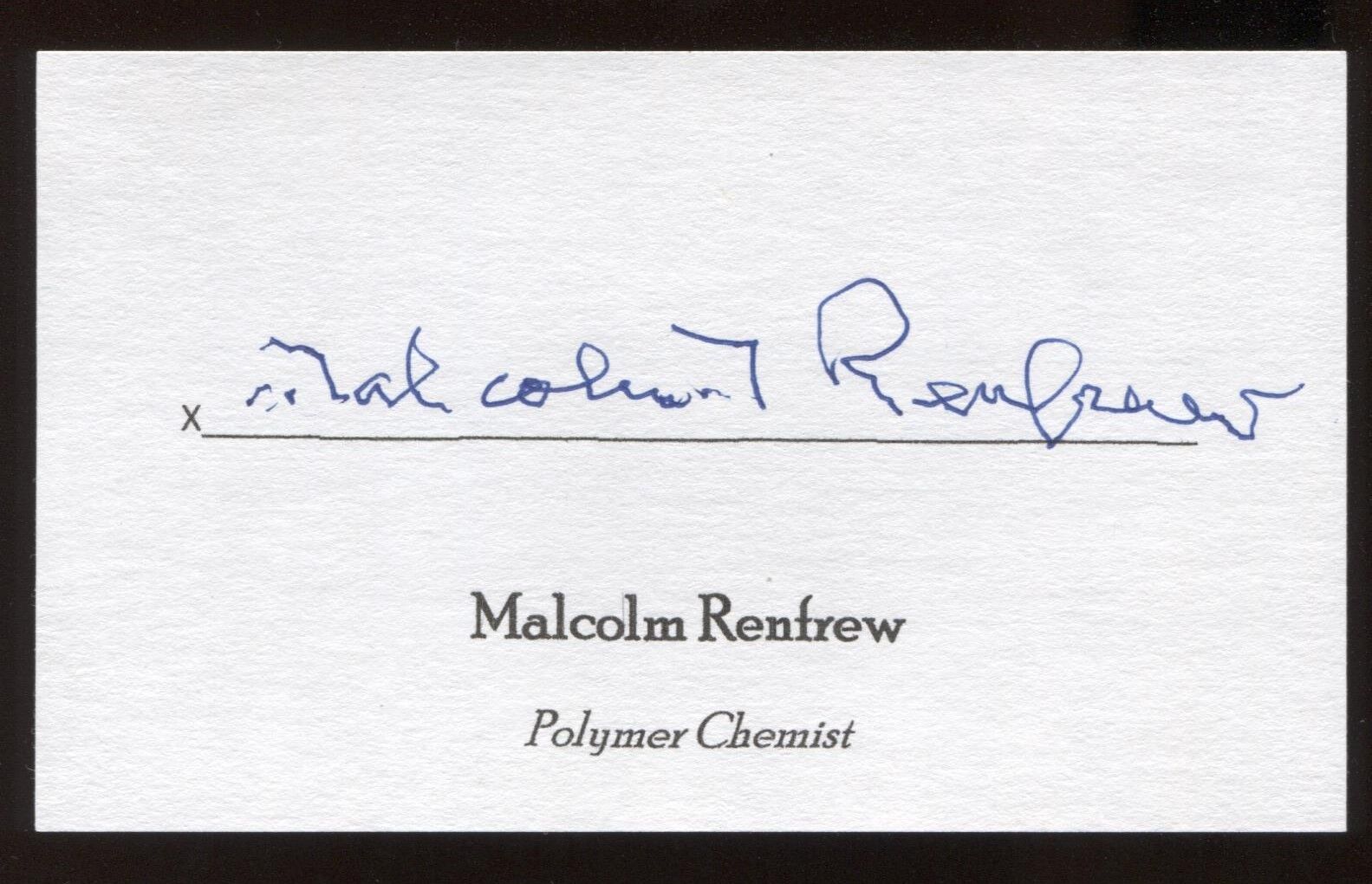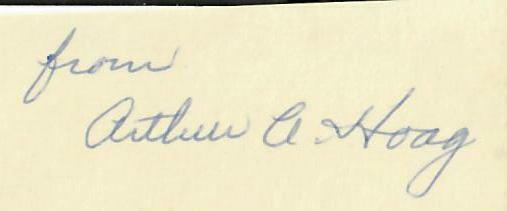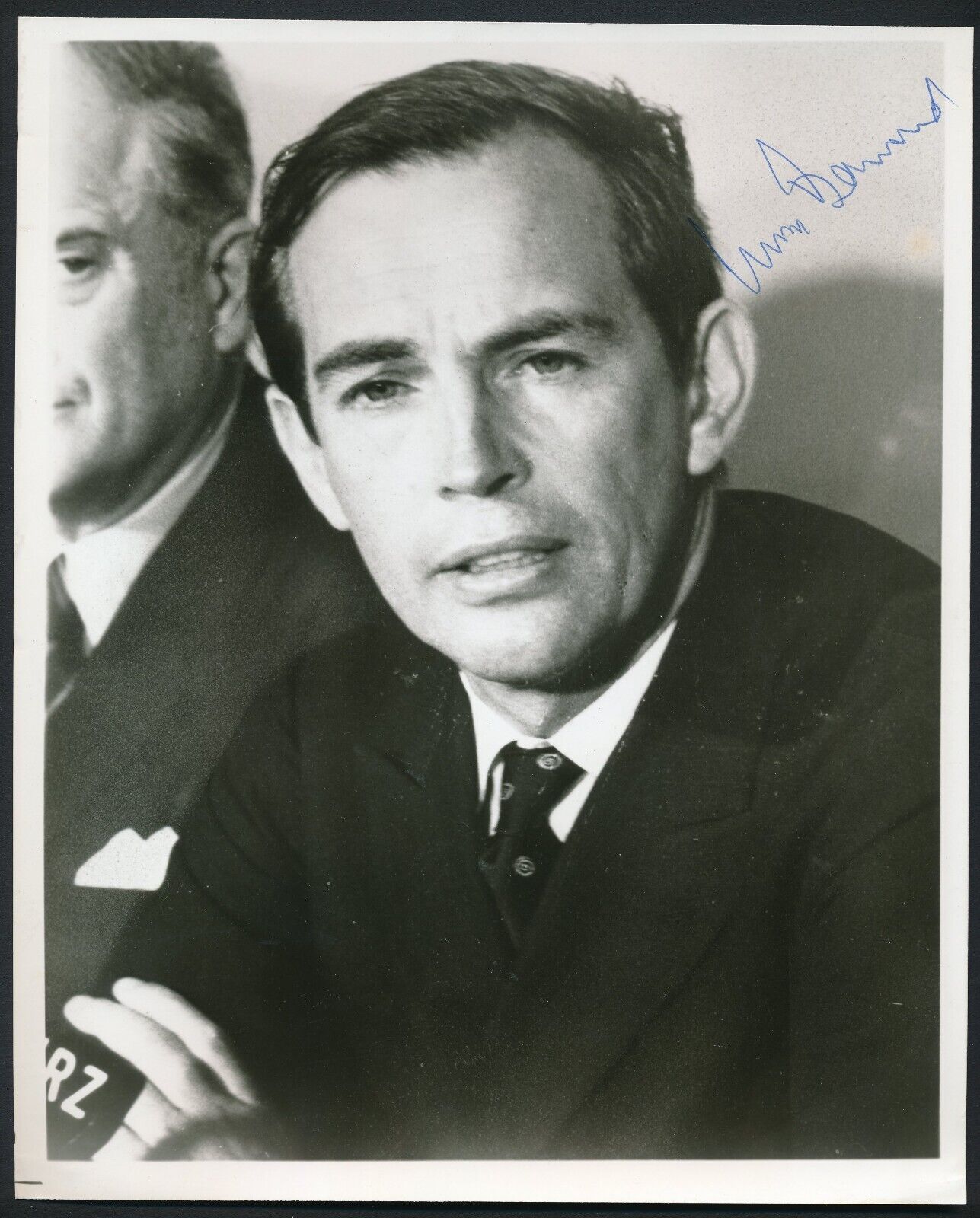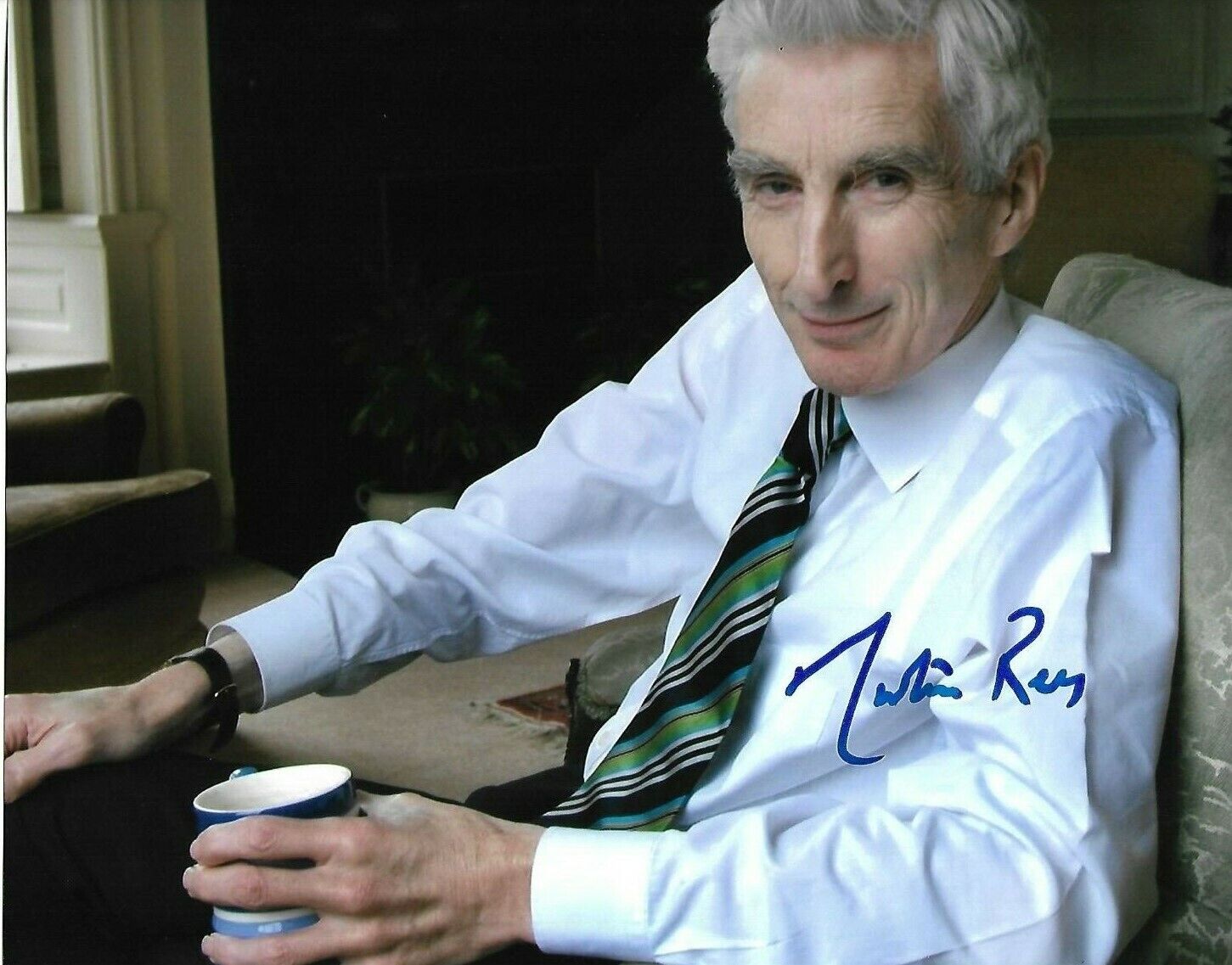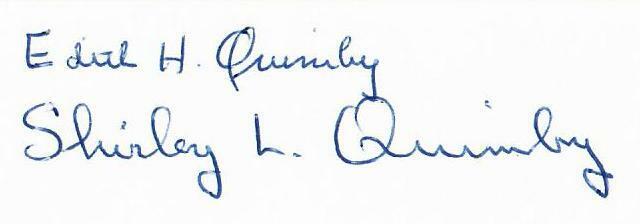-40%
"Theoretical Chemist" Henry Eyring Hand Signed 2X3 B&W Photo Todd Mueller COA
$ 263.99
- Description
- Size Guide
Description
Up for auction a RARE!"Theoretical Chemist" Henry Eyring Hand Signed 2X3 B&W Photo.
This item is certified authentic by
Todd Mueller Autographs
and comes with their Certificate of Authenticity.
ES-6360E
Henry Eyring
(February 20, 1901 – December 26, 1981) was a
Mexico
-born
United States
theoretical
chemist
whose primary contribution was in the study of
chemical reaction rates
and intermediates. Eyring, a third-generation member of
The Church of Jesus Christ of Latter-day Saints
(LDS Church), was reared on a cattle ranch in
Colonia Juárez, Chihuahua
, a
Mormon colony
, for the first 11 years of his life. His father practiced plural marriage; he was married to two daughters of Miles Park Romney, the great-grandfather of
Mitt Romney
. Eyring's father treated both wives with equal respect and care and made sure to provide the children with a healthy family environment.
[1]
In July 1912, the Eyrings and about 4,200 other immigrants were driven out of Mexico by violent insurgents during the
Mexican Revolution
and moved to
El Paso, Texas
. After living in El Paso for approximately one year, the Eyrings relocated to
Pima, Arizona
, where he completed
high school
and showed a special aptitude for
mathematics
and
science
. He also studied at Gila Academy in
Thatcher, Arizona
, now
Eastern Arizona College
. One of the pillars at the front of the main building still bears his name, along with that of his brother-in-law,
Spencer W. Kimball
, later
president
of the LDS Church. By 1919, Eyring had received a state fellowship to the
University of Arizona
, where he received degrees in
mining engineering
,
metallurgy
, and
chemistry
. He subsequently pursued and received his doctoral degree in Chemistry from the
University of California, Berkeley
in 1927 for a thesis entitled:
A Comparison of the Ionization by, and Stopping Power for, Alpha Particles of Elements and Compounds.
After a review of his dissertation,
Princeton University
recruited Eyring as an instructor in 1931. He would continue his work at Princeton until 1946
W
hen he was offered a position as
dean
of the graduate school at the
University of Utah
. The chemistry building on the University of Utah campus is now named in his honor. A prolific writer, he authored more than 600 scientific articles, ten scientific books, and a few books on the subject of science and religion. He received the
Wolf Prize in Chemistry
in 1980 and the
National Medal of Science
in 1966 for developing the Absolute Rate Theory or
Transition state theory
of chemical reactions, one of the most important developments of 20th-century chemistry. Several other chemists later received the
Nobel Prize
for work based on it, and his failure to receive the Nobel was a matter of surprise to many. The Nobel Prize organization admitted that "Strangely, Eyring never received a Nobel Prize"; the
Royal Swedish Academy of Sciences
apparently did not understand Eyring's theory until it was too late to award him the Nobel. The academy awarded him the Berzelius Medal in 1977 as partial compensation.
Sterling M. McMurrin
believed Eyring should have received the Nobel Prize but was not awarded it because of his religion. Eyring was elected president of the
American Chemical Society
in 1963 and the
Association for the Advancement of Science
in 1965.
